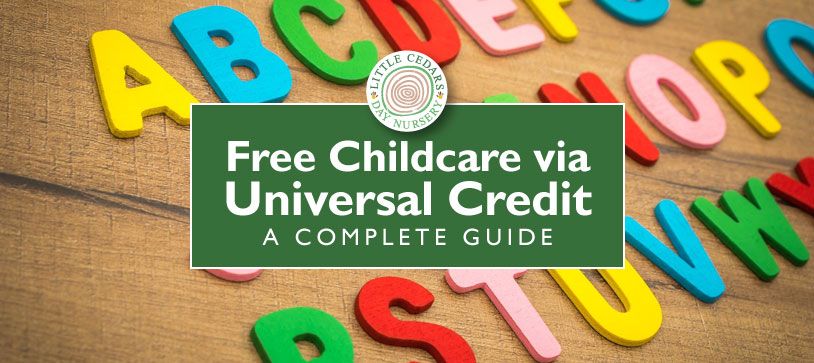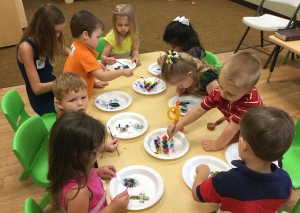The Benefits of Sensory Play for Under-Fives
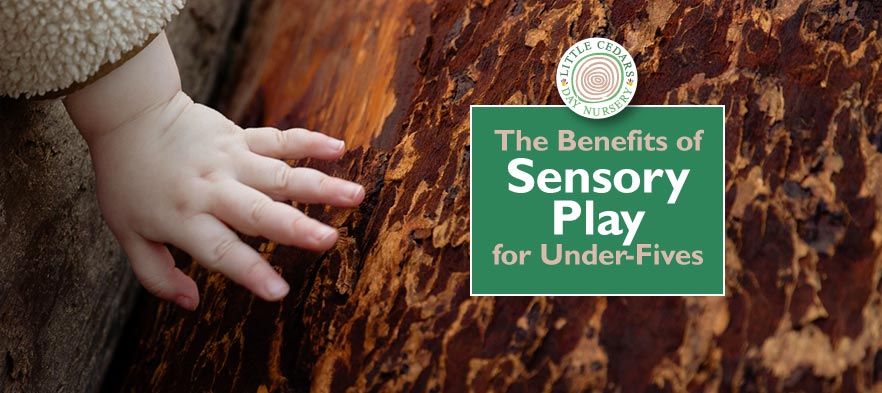
 Sensory play is incredibly important for under-fives. Babies and young children benefit enormously when their play activities stimulate the senses and in this article we’ll explore those benefits in some detail.
Sensory play is incredibly important for under-fives. Babies and young children benefit enormously when their play activities stimulate the senses and in this article we’ll explore those benefits in some detail.
The Senses
For the purpose of this blog post, ‘senses’ will mean the famous five (touch, taste, smell, sight and hearing) plus a couple of others that are often overlooked; balance and body awareness (also known as ‘proprioception’). As with the core 5 senses, the two additions are critically important as part of the learning and development journey for little ones.
What is Sensory Play?
Sensory Play is any kind of play activity that involves stimulation of any of the senses outlined above. For example:
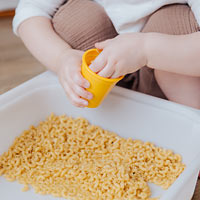 activities that involve touch, where babies and children can acquaint themselves with the feelings of temperature, softness, hardness, pressure, vibration, roughness, smoothness etc.;
activities that involve touch, where babies and children can acquaint themselves with the feelings of temperature, softness, hardness, pressure, vibration, roughness, smoothness etc.;- activities involving food, which can involve tasting to see whether the food is sweet, sour, savoury and so on;
- play activities involving smell, which involve items that have a scent, whether natural like flower petals, fruit, organic materials and suchlike or man-made scents like diluted bubble bath and so on;
- visual (sight) activities, where children explore colours, tones, visual textures, contrast, brightness and images, learning how to associate them with the real world;
- hearing activities, where children experience the different types of sounds that surround them;
- play activities that help them to learn to balance i.e. to counteract the effects of gravity;
- activities that help children to develop a sense of spacial awareness i.e. of where their bodies are within their surroundings and in relation to objects and other people around them.
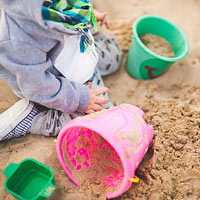 The Benefits of Sensory Play
The Benefits of Sensory Play
Sensory play allows children to learn more about the world around them, and all the things within it. As they learn, new pathways are formed within the brain and this helps to cement permanent associations between a particular sense and a particular situation, physical thing, or scenario. When this is achieved, the child will instantly and naturally recognise multiple layers of senses as they happen again in the future. That’s an important life skill and something that adults take for granted, but benefit from enormously.
Additional benefits of sensory play for children include …

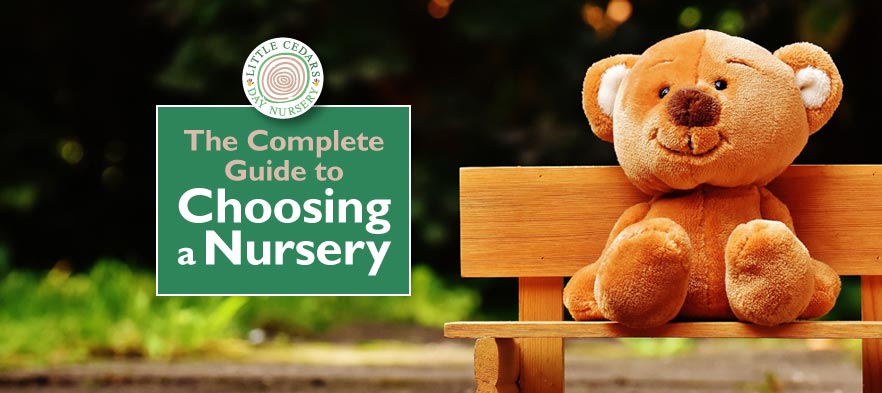
 A Convenient Nursery Location
A Convenient Nursery Location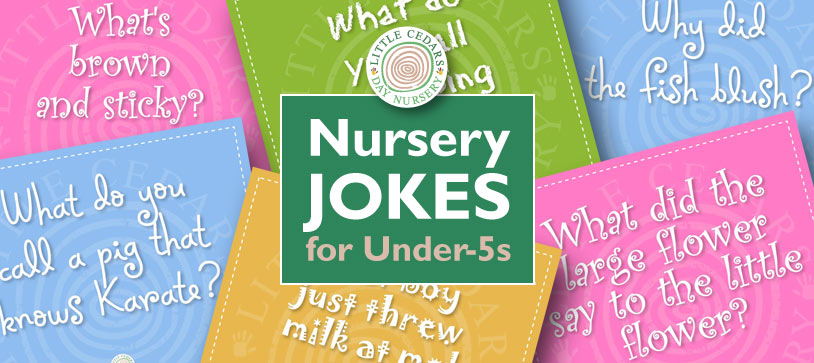
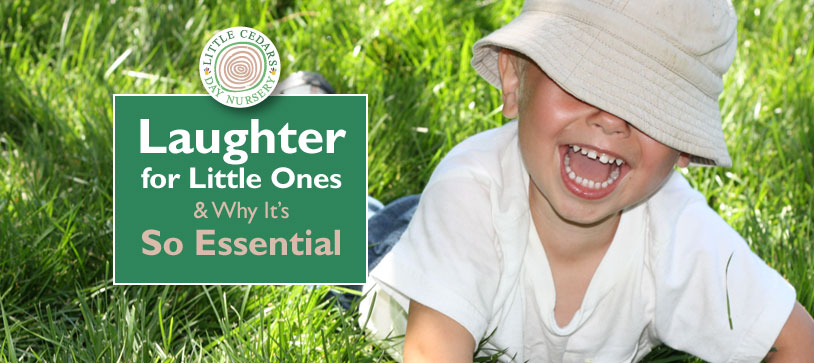
 Let’s first go back to the beginning. A sense of humour is apparently a learned aspect of a person’s character, to a fair extent. It’s something that develops and changes as a child gets older, rather than something they’re born with as a result of their DNA. As such, it’s important that babies and young children are given every opportunity to enjoy laughter and, while doing so, have fun with those around them. Laughing also is also closely linked to happiness, and being happy is, of course, priceless.
Let’s first go back to the beginning. A sense of humour is apparently a learned aspect of a person’s character, to a fair extent. It’s something that develops and changes as a child gets older, rather than something they’re born with as a result of their DNA. As such, it’s important that babies and young children are given every opportunity to enjoy laughter and, while doing so, have fun with those around them. Laughing also is also closely linked to happiness, and being happy is, of course, priceless. Laughing helps children to develop better self-esteem;
Laughing helps children to develop better self-esteem;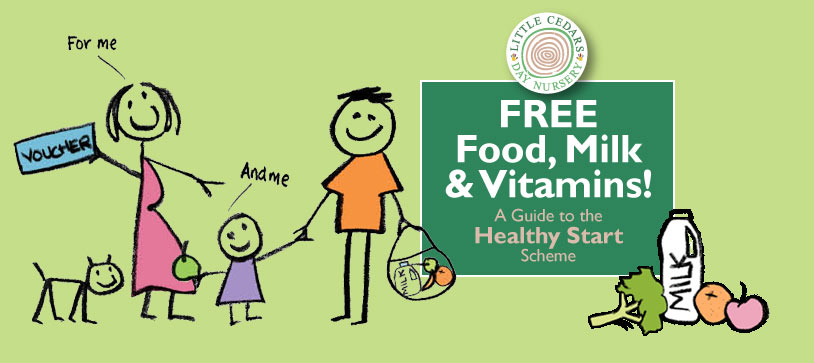
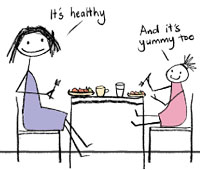 Are you pregnant, or a parent with a child under four? If so, your family may be eligible for free healthy food, milk and vitamin supplements. In England, some of these free items are available under the ‘Healthy Start’ scheme, which we’ll explain in this quick-start guide.
Are you pregnant, or a parent with a child under four? If so, your family may be eligible for free healthy food, milk and vitamin supplements. In England, some of these free items are available under the ‘Healthy Start’ scheme, which we’ll explain in this quick-start guide. Eligible individuals can get the following, absolutely free:
Eligible individuals can get the following, absolutely free: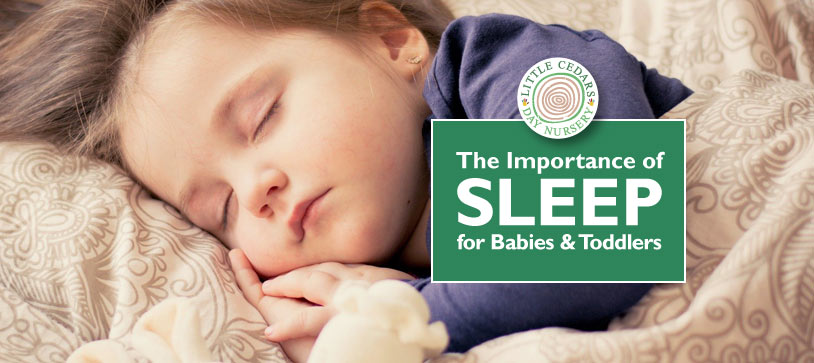
 We all know how detrimental a bad night’s sleep can can be to our general wellbeing. At the very least, it can make the following day a real struggle, perhaps make us feel irritable and certainly leave us underperforming. With this in mind, we thought we’d take a look at how sleep affects babies, toddlers and under-fives. It will be no surprise to hear that a good night’s sleep is even more important for the early years age group.
We all know how detrimental a bad night’s sleep can can be to our general wellbeing. At the very least, it can make the following day a real struggle, perhaps make us feel irritable and certainly leave us underperforming. With this in mind, we thought we’d take a look at how sleep affects babies, toddlers and under-fives. It will be no surprise to hear that a good night’s sleep is even more important for the early years age group.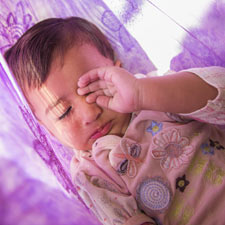 These are significant benefits, so high quality sleep — and the right amount — is incredibly important.
These are significant benefits, so high quality sleep — and the right amount — is incredibly important.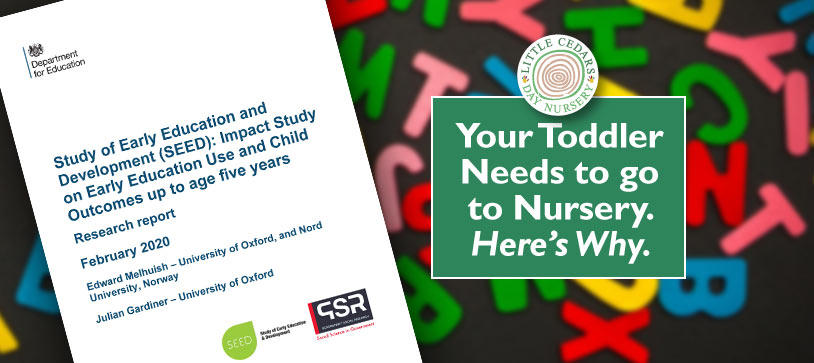
 There are compelling reasons why under-fives should attend early years education and childcare settings like nurseries or pre-schools, or their equivalent — before starting school. Missing this crucial stage in their early years education and development may disadvantage the child — a fact that’s backed up by various studies.
There are compelling reasons why under-fives should attend early years education and childcare settings like nurseries or pre-schools, or their equivalent — before starting school. Missing this crucial stage in their early years education and development may disadvantage the child — a fact that’s backed up by various studies.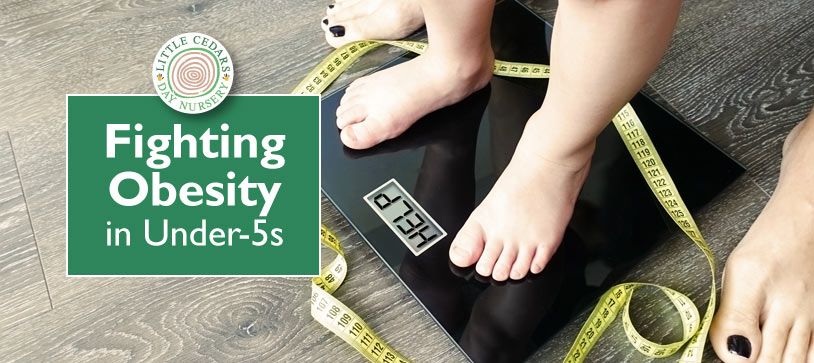


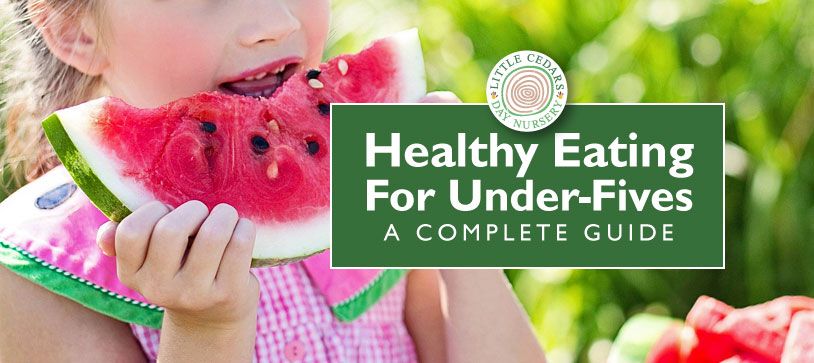
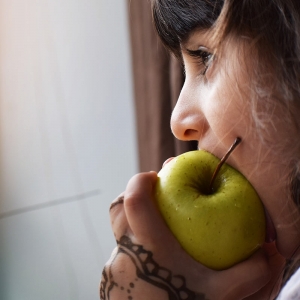 With families living busy lives these days, it’s not always easy to provide the very best nutritious meals for children. This is compounded by an abundance of ready meals and convenience food available in shops and advertised everywhere. However, healthy, balanced diets are incredibly important for children in their early years. Adopting a healthy diet early on can mean that some diseases associated with later life can be avoided. Healthy food also has other beneficial effects on growing children including sustained energy levels, improved cognitive activity, the evening out of a child’s moods, help with mental wellbeing and maintaining a healthy weight.
With families living busy lives these days, it’s not always easy to provide the very best nutritious meals for children. This is compounded by an abundance of ready meals and convenience food available in shops and advertised everywhere. However, healthy, balanced diets are incredibly important for children in their early years. Adopting a healthy diet early on can mean that some diseases associated with later life can be avoided. Healthy food also has other beneficial effects on growing children including sustained energy levels, improved cognitive activity, the evening out of a child’s moods, help with mental wellbeing and maintaining a healthy weight.